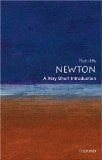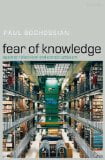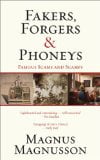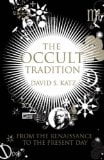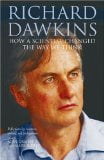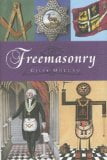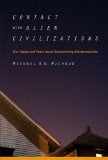 Contact with Alien Civilizations: Our Hopes and Fears About Encountering Extraterrestrials
Contact with Alien Civilizations: Our Hopes and Fears About Encountering Extraterrestrials
By Michael A G Michaud
Copernicus Books (Springer Science + Business Media),
£17.50 (hb), ISBN 0-387-28598-9
Probably. Or possibly. We don’t know. But it is worth thinking about it. That in essence is the message of this 460-page book. The author is a scientific administrator and investigator in various American government agencies. In the absence of any direct evidence, the Search for Extraterrestrial Intelligence (SETI) rests ultimately on two observations, which have so far been consistent. The first is that, as Lucretius pointed out two thousand years ago, nature does not produce singularities. The second is that there has always turned out to be far more in existence than appeared at any point. We have not reached the limits of our unimaginably vast universe, and cosmologists are thinking seriously about multiple universes. Beyond that, all is speculation. The author reviews comprehensively and dispassionately the attempts to calculate probabilities. All involve numerous variables, to most of which we cannot attribute firm values. For example, how many Earth-like planets may exist, how necessary or sufficient Earth conditions are for life or intelligence, what forms such might take, how possible or likely communication might be, etc. And there is what one might call the Jim problem: if life exists “but not as we know it”, how shall we know it? Nevertheless, systematic speculation is a step towards preparedness, which could turn out to be vital. And it gives us valuable new perspectives on ourselves. Michaud discusses the relationships of SETI with politics, law, mythology, religion, science fiction (a prime source of much serious and original thinking) and much else.
The text is stimulating and very readable. A serious criticism, however, is that there is no bibliography, and the 71 pages of references are organized in the most unhelpful way I have ever met. This mars an otherwise excellent book.
John Radford

